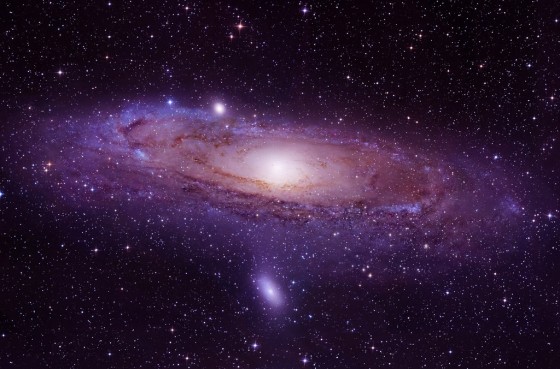
Prior to scientists embracing the notion that the universe was created as the result of the Big Bang, it was commonly believed that the size of the universe was an unchanging constant—it had always been the size it was, and always would be. The idea stated that that the total volume of the universe was effectively fixed, and that the whole construct operated as a closed system. The theory found its biggest adherent in Albert Einstein—the Static Universe is often known as “Einstein’s Universe”—who argued in favor of it and even calculated it into his theory of general relativity.
How it was Proven Wrong:
The theory of a static universe was problematic from the start. First of all, a finite universe could theoretically become so dense that it would collapse into a giant black hole, a problem Einstein compensated for with his principle of the “cosmological constant.” Still, the final nail in the coffin for the idea was Edwin Hubble’s discovery of the relationship between red shift—the way the color of heavenly bodies change as they move away from us—and distance, which showed that the universe was indeed expanding. Einstein would subsequently abandon his model, and would later refer to it as the “biggest blunder” of his career. Still, like all cosmological ideas, the expanding universe is just a theory, and a small group of scientists today still subscribe to the old static model.
No comments:
Post a Comment